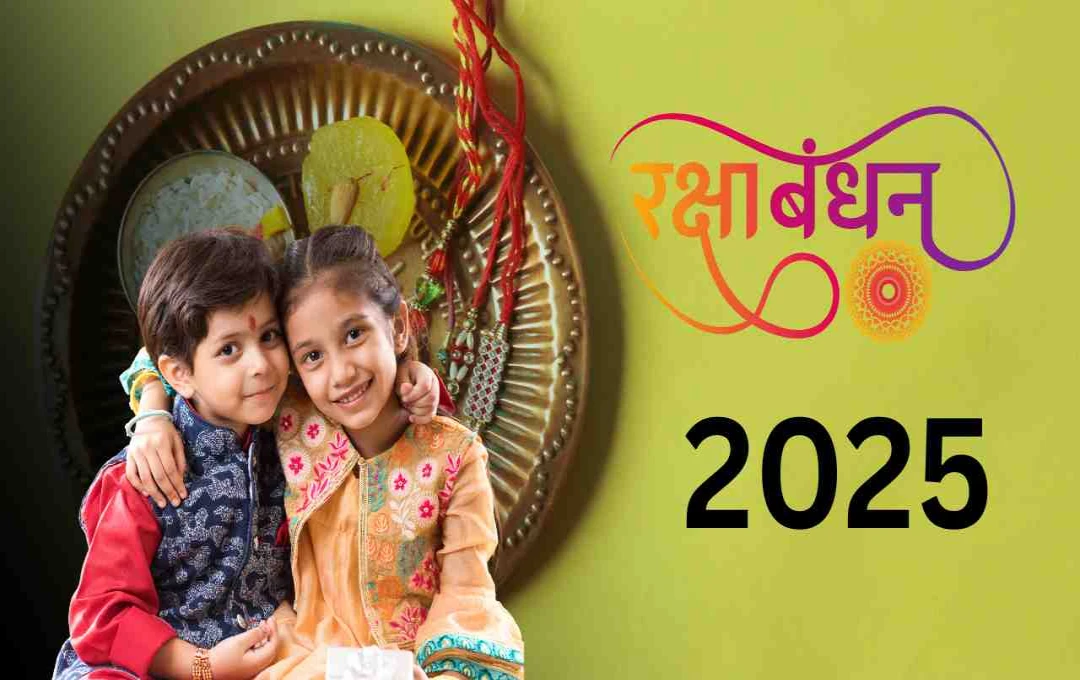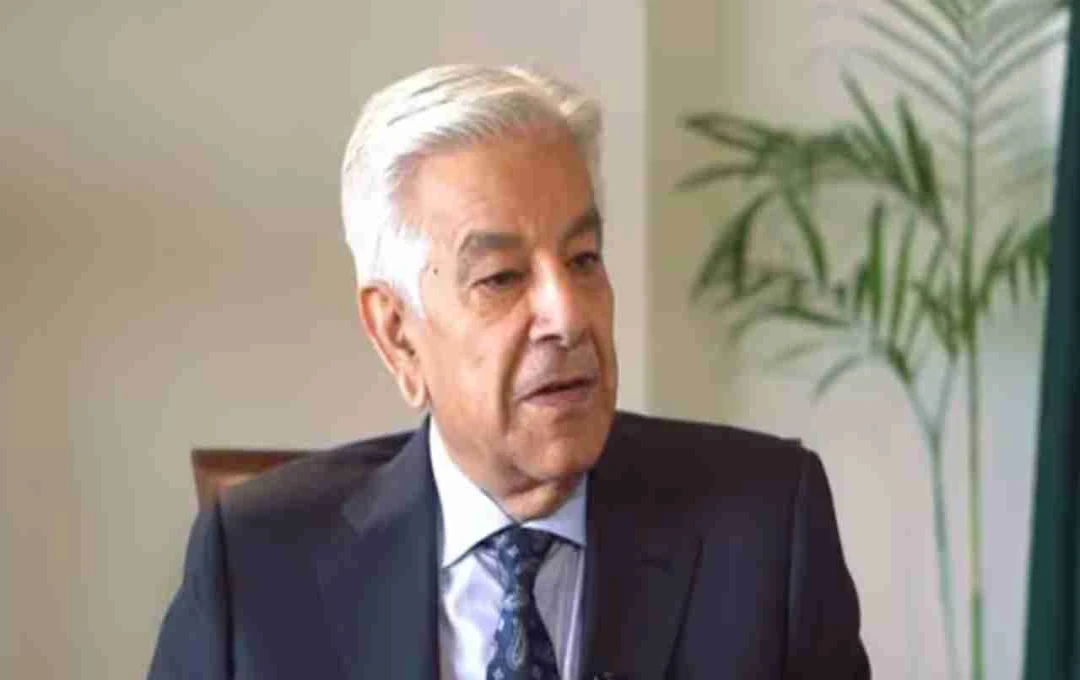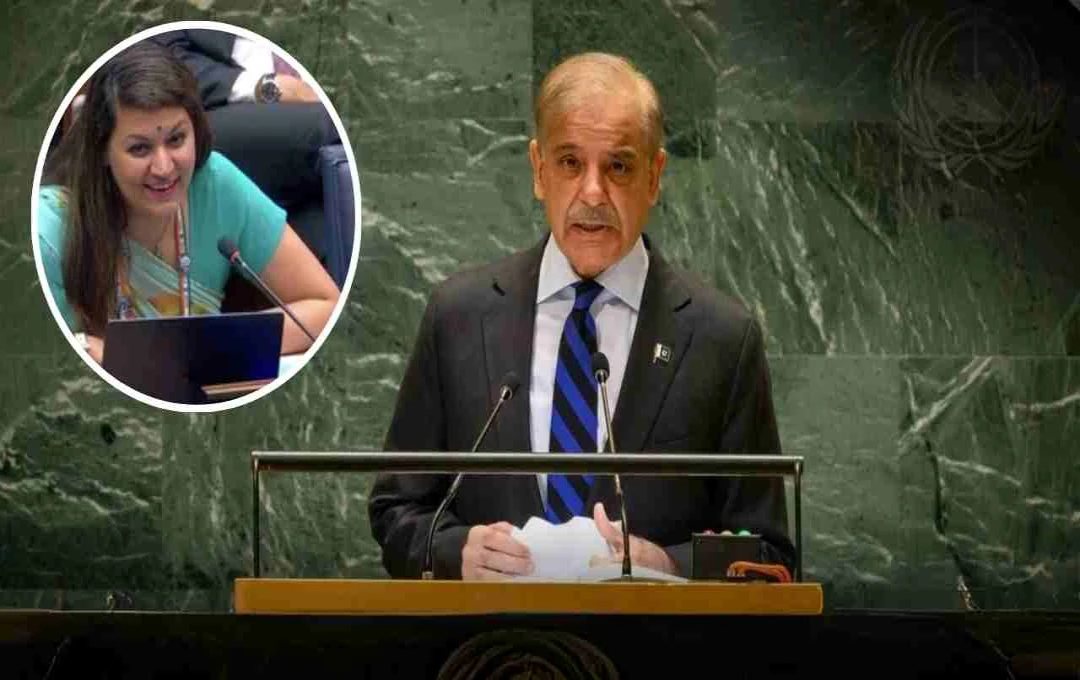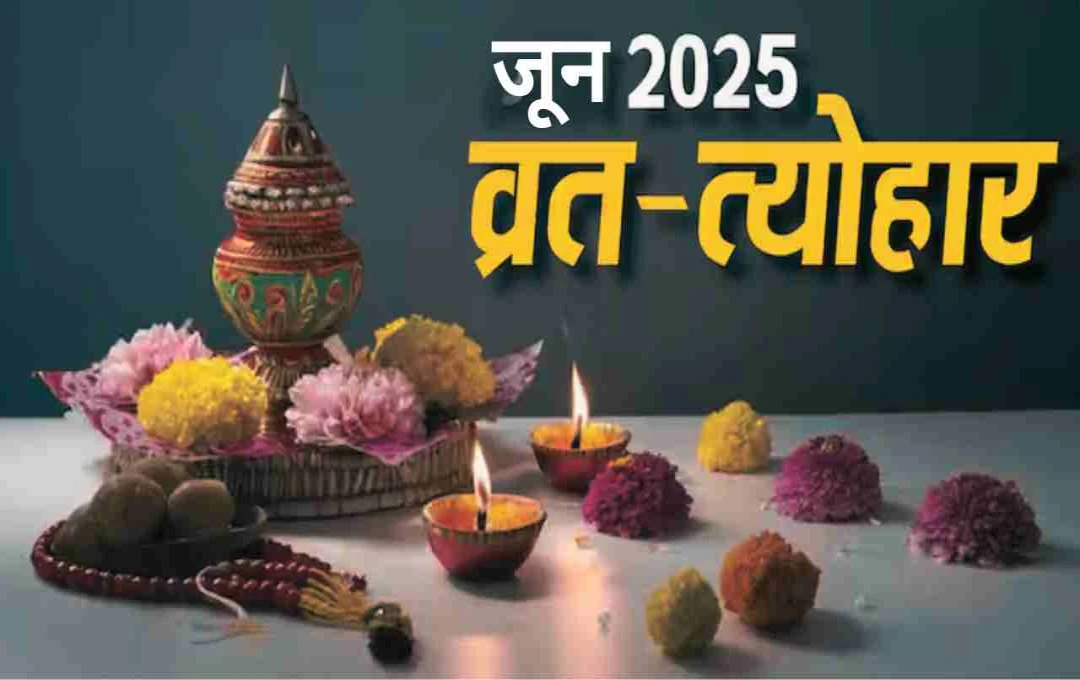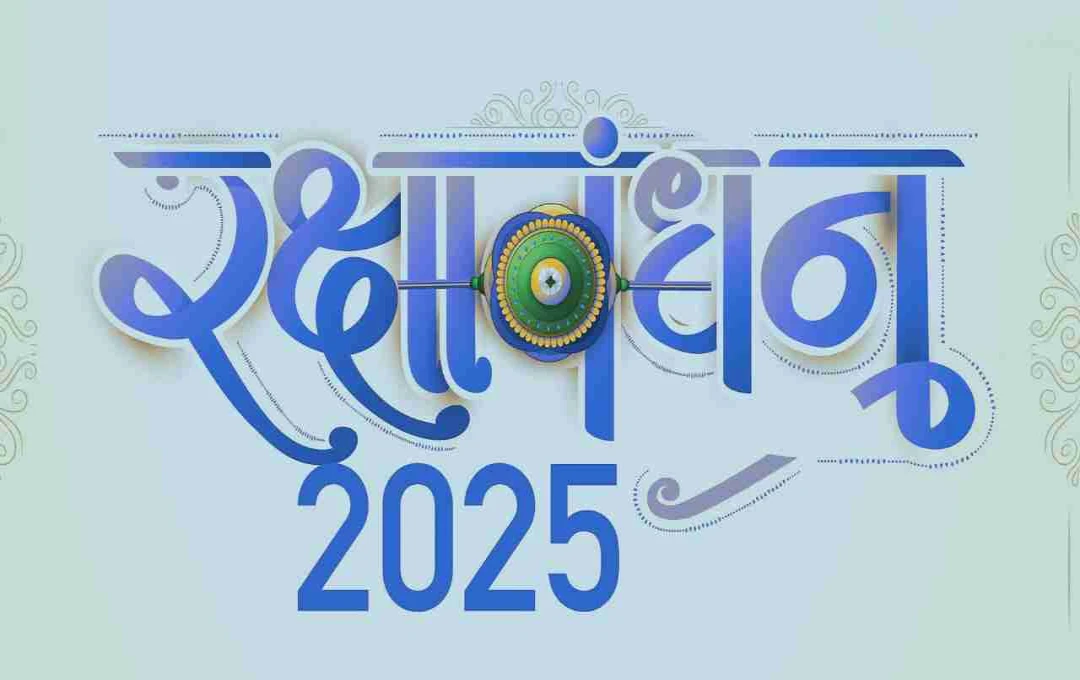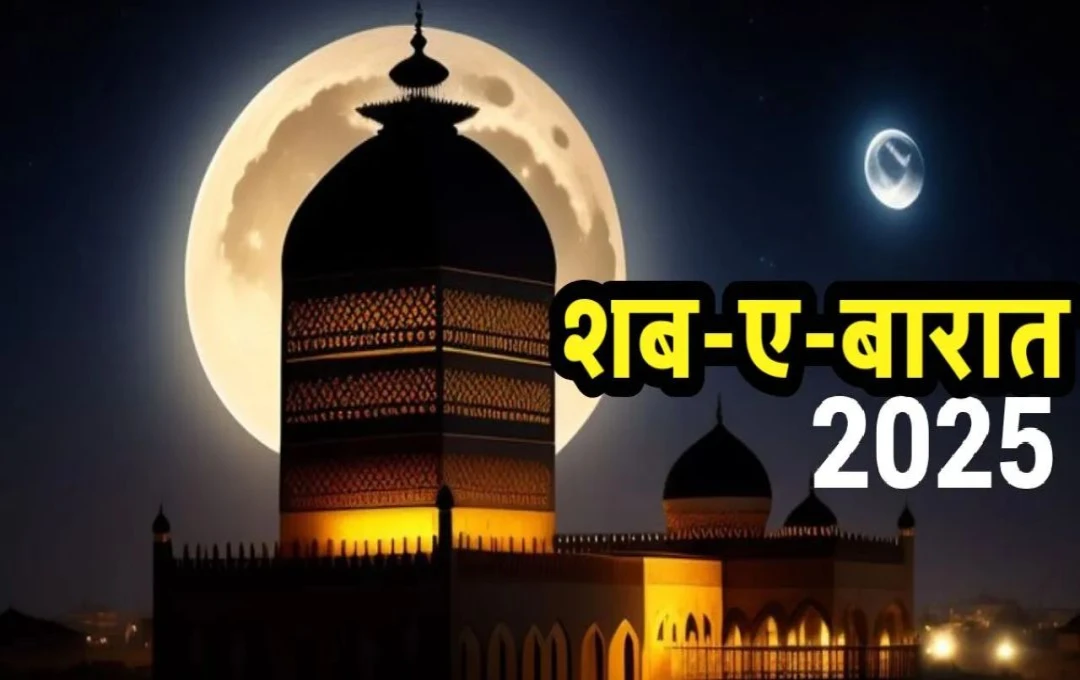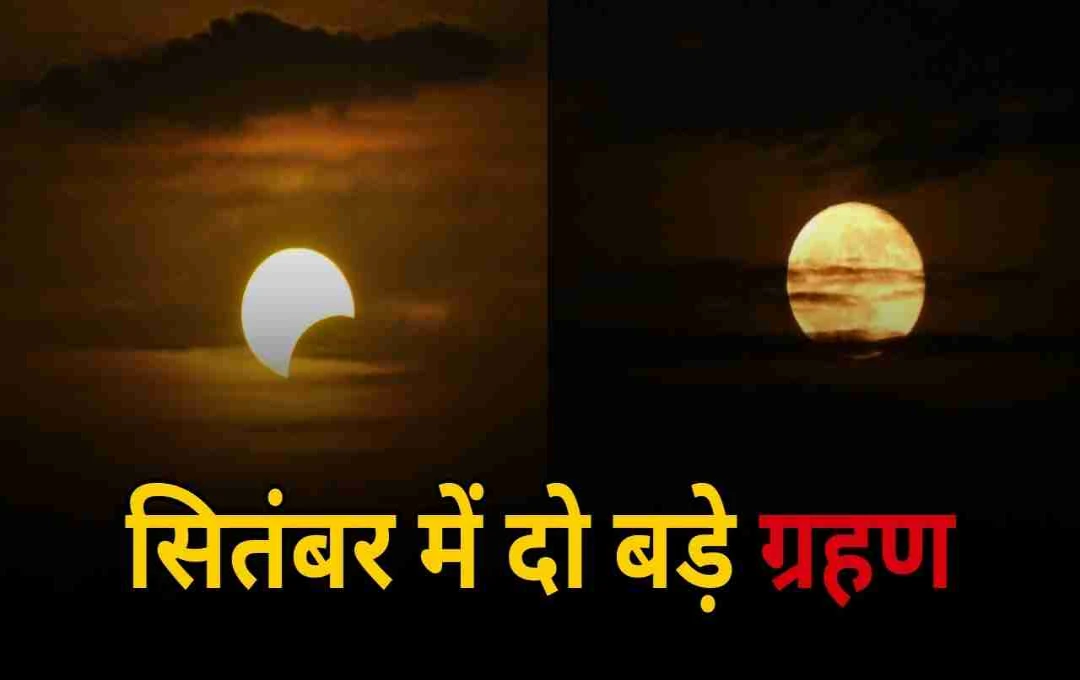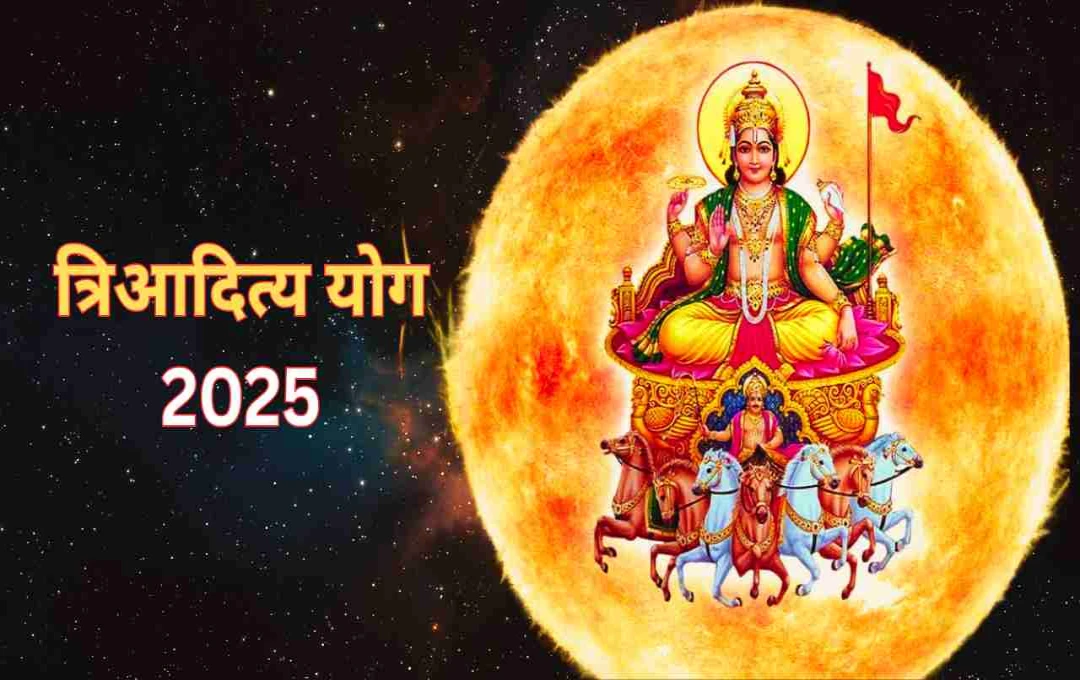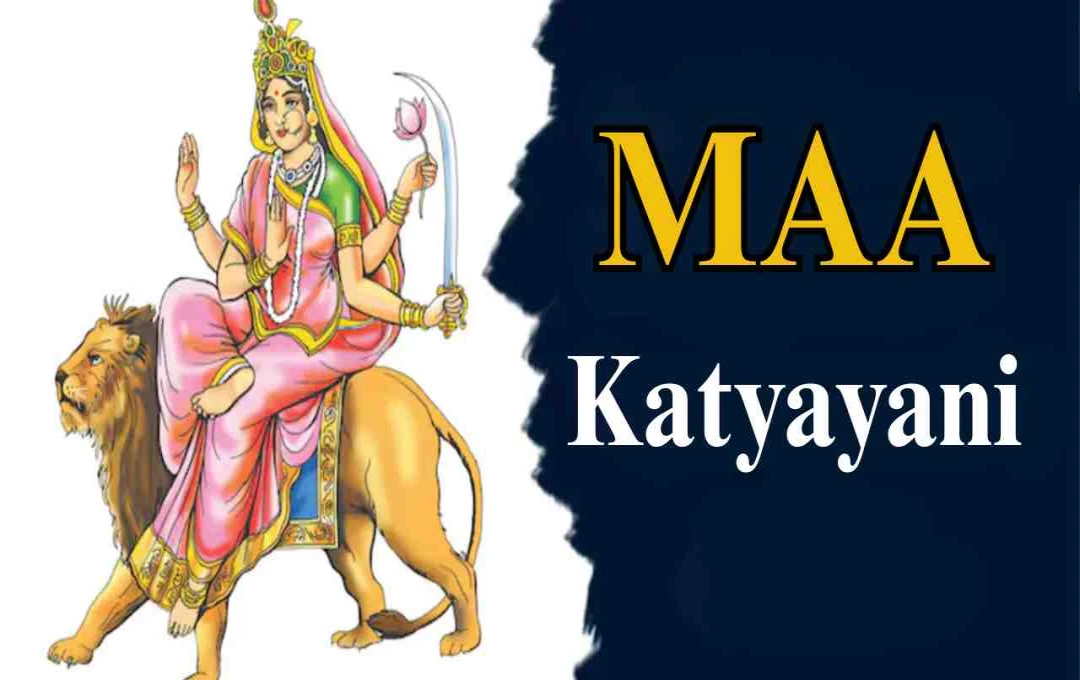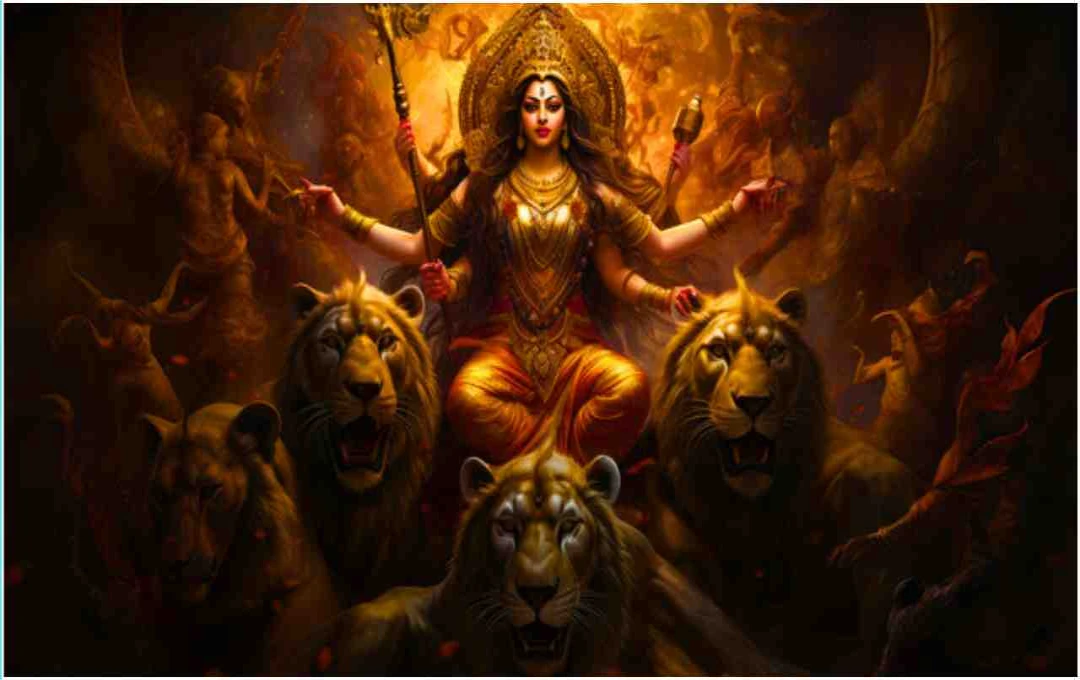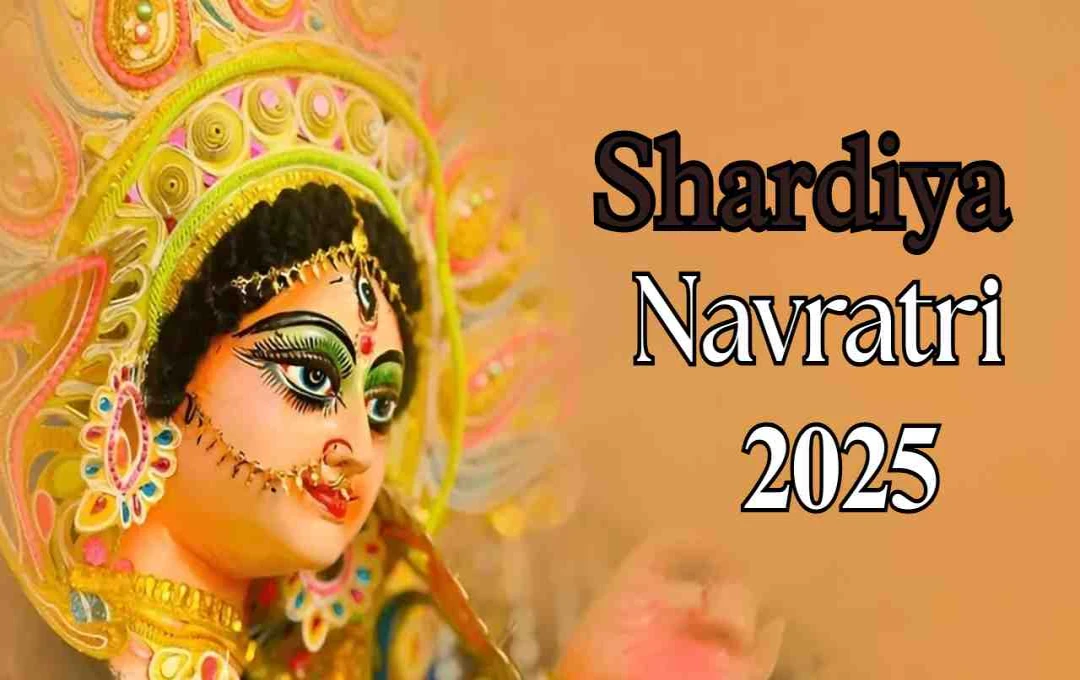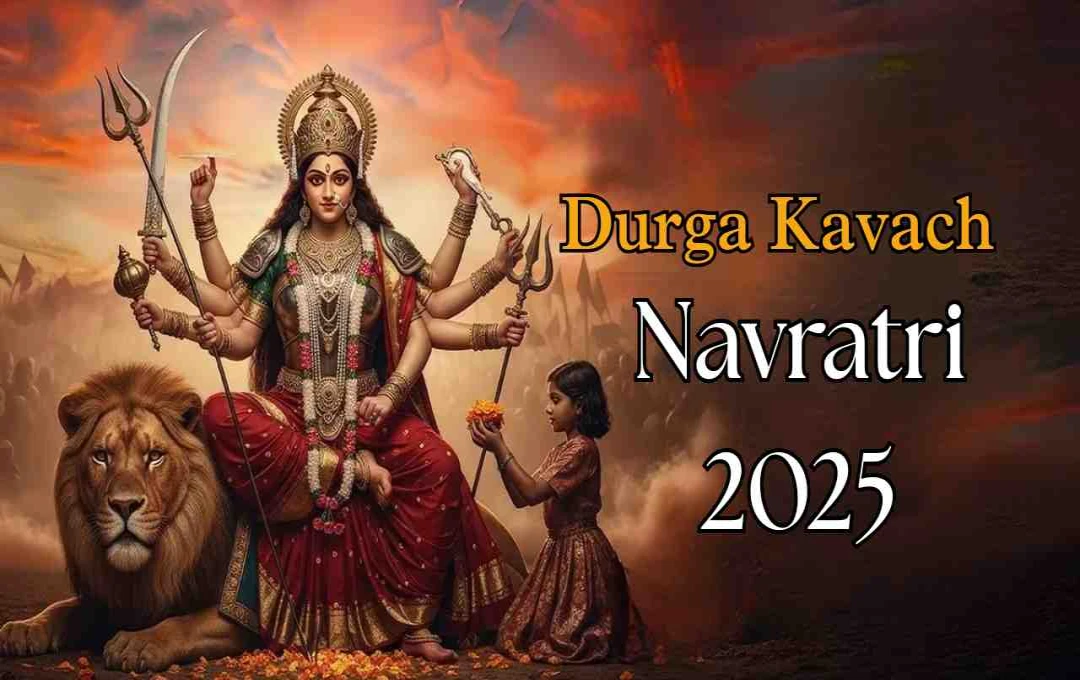Raksha Bandhan is not just a family festival, but a symbol of Indian culture that highlights the spirit of love, trust, and sacrifice. This festival is celebrated every year on the full moon day of the Sawan month, and this time Raksha Bandhan falls on August 9, 2025.
This festival of Rakhi is a time when sisters wish for the long life and prosperity of their brothers, while brothers promise to protect their sisters throughout their lives. But did you know that the roots of this festival are not limited to just brothers and sisters? There are many mythological, historical, and social stories behind it that give this festival even more depth.
The Story of Lakshmi and Bali
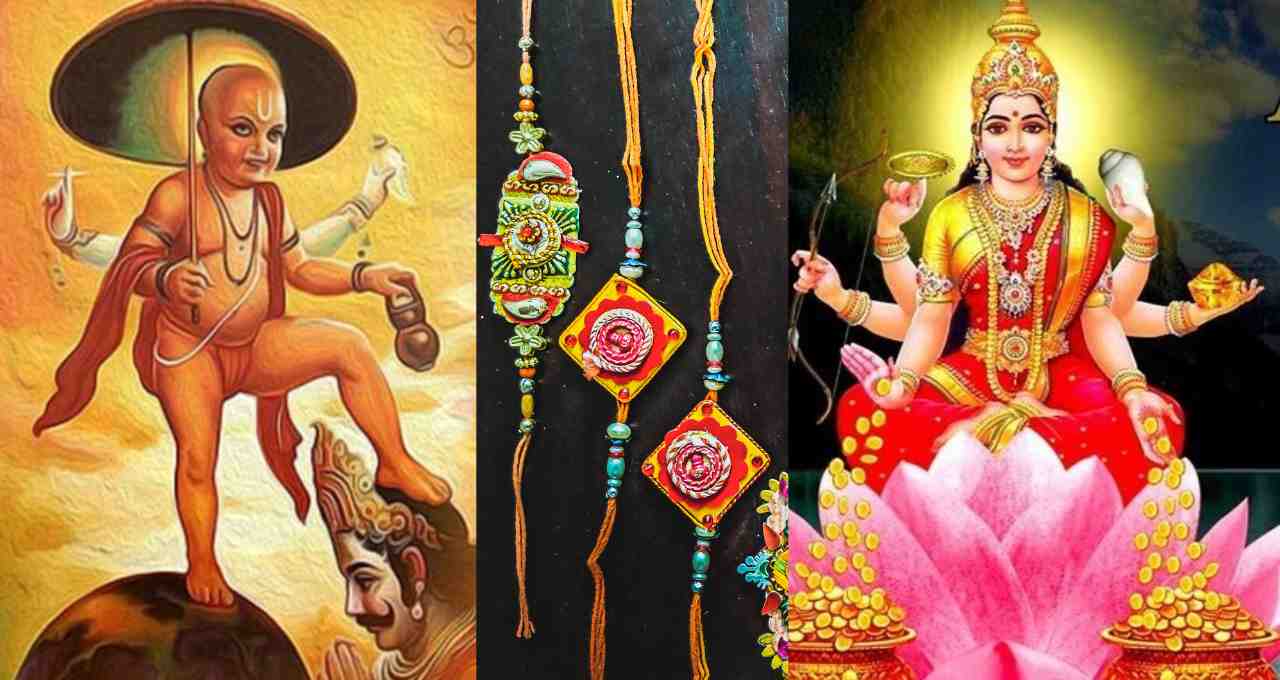
According to a very popular mythological tale, Lord Vishnu, in his Vamana avatar, took away the entire kingdom of the demon king Mahabali in the form of three steps of land. As per the promise, Lord Vishnu had to go to the netherworld with King Bali and live there.
Goddess Lakshmi became worried when Lord Vishnu did not return to Vaikuntha. Then Narada Muni advised her to make Bali her brother. Goddess Lakshmi, assuming the form of a common woman, tied a Raksha Bandhan with King Bali and, in return, took a promise to take Vishnu Ji back to Vaikuntha.
This event happened on the day of Shravan Purnima, and it is believed that Raksha Bandhan has been celebrated since then.
Indrani tied Raksha Sutra to protect the Gods
According to another mythological story, when a war was going on between the gods and the demons, and Lord Indra was in trouble, his wife Indrani tied a sacred thread on his wrist. This Raksha Sutra became a symbol of his victory in the war.
Lord Vishnu gave this protective thread to Indrani, and this story makes it clear that the tradition of Raksha Bandhan was not limited to just brothers and sisters, but it evolved as a symbol of love and protection between the protector and the protected.
Raksha Sutra became a symbol of friendship between Krishna and Draupadi
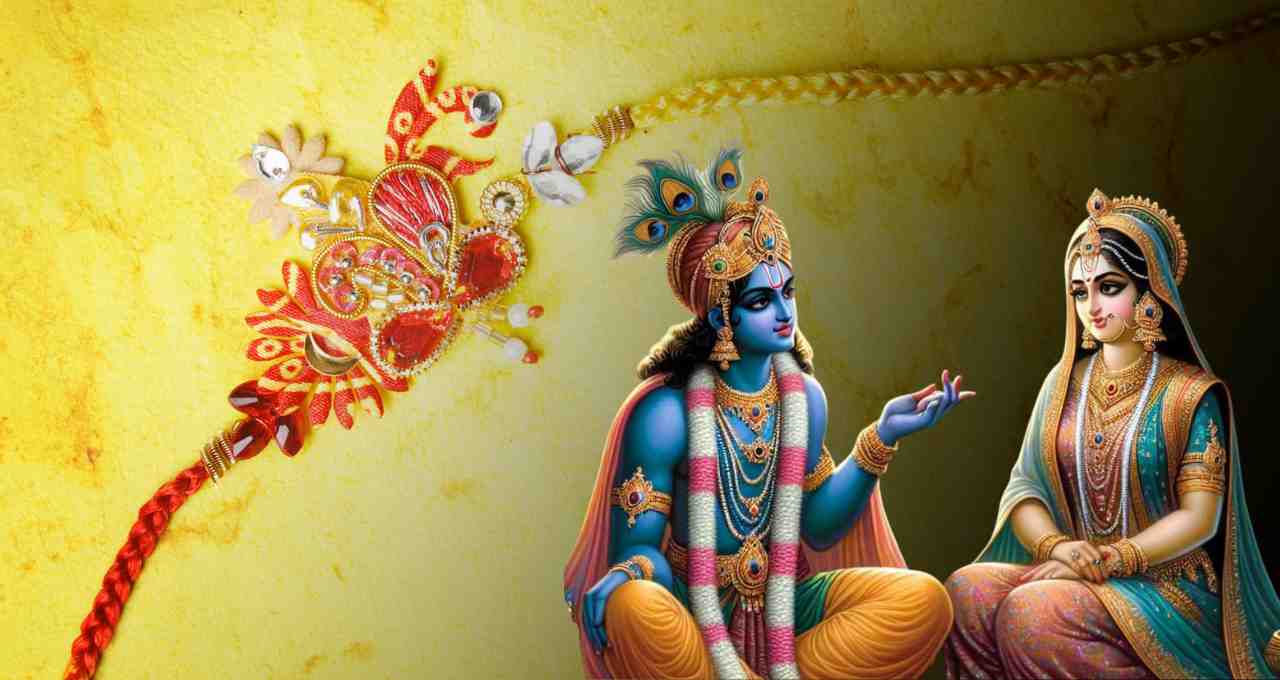
A poignant example of Raksha Bandhan is also found in the story of Mahabharata. Once, when Krishna's finger was cut, Draupadi immediately tore a piece of her sari and tied it on his finger.
This small token of love created a deep bond, and later, during the Cheerharan, when Draupadi called out to Krishna, Shri Krishna protected her, keeping the honor of that same Raksha Sutra.
Rakhi also has importance in history: The story of Karnavati and Humayun
A historical event of the 16th century also reflects the spirit of Raksha Bandhan. When Sultan Bahadur Shah attacked Chittor, the queen Karnavati there sent a Rakhi to the Mughal Emperor Humayun for her protection.
Humayun honored this Rakhi and advanced towards Chittor with his army, although he could not reach in time, but this incident transformed Rakhi into a human relationship rising above religion, caste, and politics.
Changing form of Rakhi in today's time
While earlier the meaning of Raksha Bandhan was limited only to the relationship between brother and sister, today this festival has also become a symbol of social harmony, communal harmony, and women empowerment.
Today, sisters not only tie Rakhi to brothers, but also honor the spirit of protection and service by tying Rakhi to police, doctors, soldiers, environmental protectors, and even trees.
